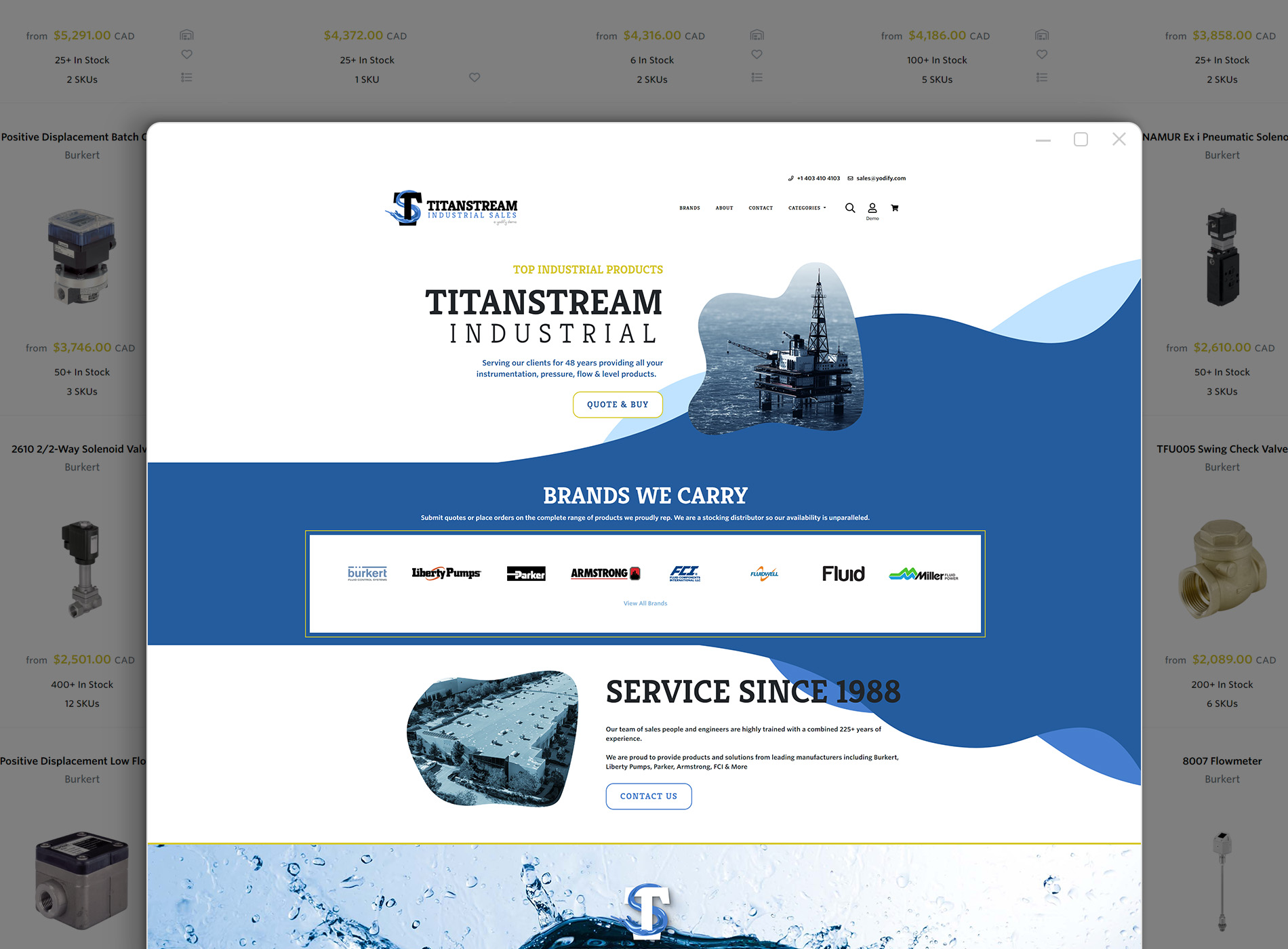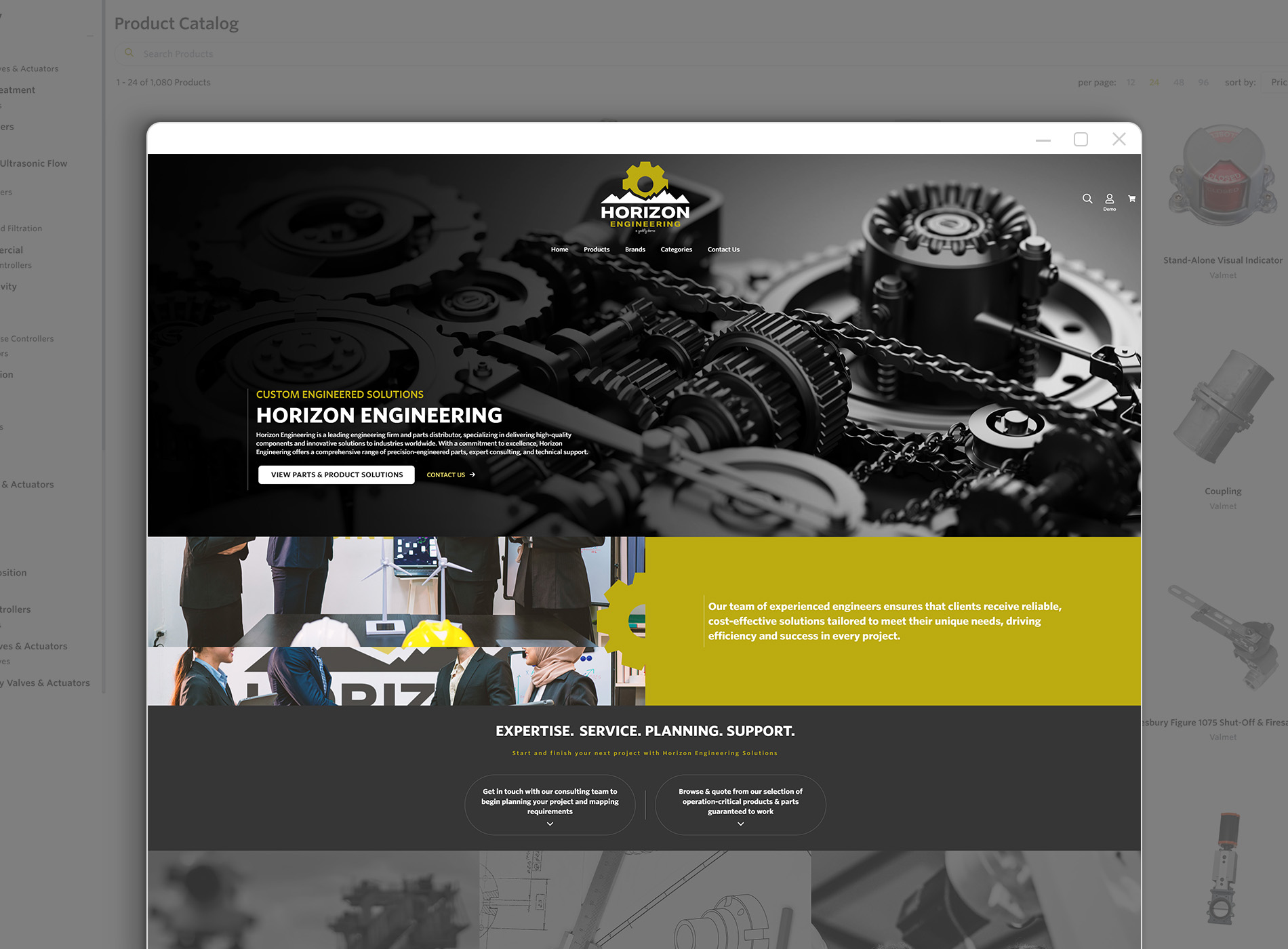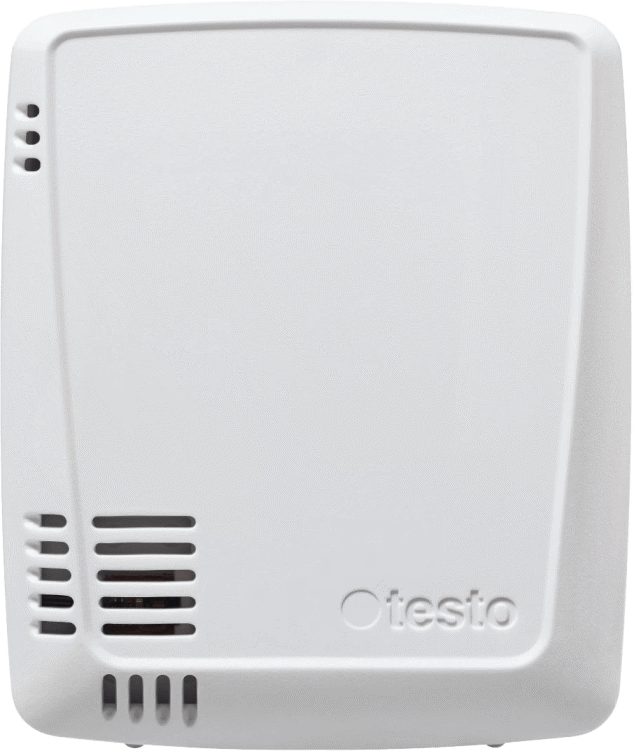Yodify Product Library
Add the Testo 160 THE - Wi-Fi Data Logger with Internal Temperature and Humidity Sensors and 2 Connections for External Probes to your store or catalog
Book Your Demo and See How
or create your store
Testo 160 THE - Wi-Fi Data Logger with Internal Temperature and Humidity Sensors and 2 Connections for External Probes
Brand: TestoMonitor your exhibits and archived artwork with the testo 160 THE Wi-Fi data logger for temperature, humidity, lux, and UV radiation.
The testo 160 THE has internal temperature and humidity sensors, and allows for the connection of two additional external sensors to monitor the ambient environment in museums, museum storage, and archives.
The testo 160 THE is a part of the testo 160 data logger family developed specifically for the needs of museums.
This system allows for the configuration of internal sensors and external probes, to match any monitoring situation in a museum or archival setting.
Operation and programming of the data logger is simple, and can be carried out directly via the Testo Cloud.
Monitoring Temperature, Humidity, Lux, and UV Radiation with the Testo 160 THE Wi-Fi Data Logger
This logger is designed to serve all museum areas where monitoring must be performed unobtrusively, with easily hidden cable sensors.
The testo 160 THE has two connection ports for any of three sensor probes; temperature and humidity, light level lux, or lux and UV probes are available.
The logger has an internal memory buffer to hold up to 40,000 readings that are offloaded to the Testo Cloud at preset intervals.
The lower and upper alarm settings can be individually set for each logger on the Cloud account, and when triggered, an alarm is immediately sent by email or optional text message.
The logger data is accessible at any time from any browser enabled device, such as a smart phone, tablet, or a PC or Mac.
The Testo 160 THE Wi-Fi Data Logger – Unobtrusive and Easy to Hide
So as not to distract from your art exhibit, the testo 160 THE logger was made small, about 2.5x3x0.9 inches.
To make it easy to conceal in an exhibit or a display case, an optional paintable deco cover is available to help the logger blend in with its surroundings.
A Perfect Network Appliance – Uses an Existing Wi-Fi Network to Send Data to the Testo Cloud
The Testo Cloud is a central data repository for all of your testo 160 THE data loggers.
On your Testo Cloud account, you can configure data loggers and set alarm points, designate authorized users, and set recipients for alarms and monitoring reports.
To start, register at www.museum.saveris.net to gain access to your account. To register you can use a normal web browser.
Depending on your needs, you can select between the free Basic or subscription based Advanced functionalities as needed, to create 10 user accounts, or add text messaging of alarms, for example.
Museum, Archive, and Storage Applications for the Testo 160 THE Wi-Fi Data Logger
By adding individual testo 160 THE data loggers, one can build a system that reliably delivers data on your exhibit space, display cases, and storage environmental conditions.
The logger can be easily hidden at the base of a cabinet, while the tiny connected cable sensors are placed in the display area.
The small temperature and humidity sensor is perfect for monitoring the exhaustion rate of silica gel packets.
The light level and UV monitoring sensor can be connected to the same testo 160 THE logger.
Additional Functionality of the Testo 160 THE Wi-Fi Logger
The logger comes with a large internal memory for 40,000 measurement values to protect your data, in case of a blackout or Wi-Fi network issues.
The logger housing has IP20 moisture protection, and uses readily available, standard alkaline batteries.
The batteries are monitored, and should last for about 12 months.
The logger can also be powered by an external USB power supply, and in such a case, the batteries will be used only during a loss of power.
Features- Expanded monitoring options, with an internal temperature and humidity sensor, plus connection options for 2 additional probes
- Optional paintable logger cover helps conceal the logger in an exhibit
- Logger sends data to the Testo Cloud using your existing Wi-Fi network, alarms by email (Basic License), and optional text messages with the Advanced License
- Simple to install, integrate, and operate
Specifications
Brand
Delivery Scope
- Testo 160 THE Wi-Fi Data Logger
- Includes Free Cloud Access (Basic License)
- Batteries (4 x AAA Alkaline)
- USB Cable
- Wall Bracket with Unlocking Key and Adhesive Strip
- QR Code Sticker
- Basic Instructions
Weight
- 3 oz. / 94 g
Dimensions
- 3 x 3 x 1 in. / 76 x 64 x 22 mm
Operating Temperature
- 14° to 122° F / -10° to +50° C
Protection Class
- IP20
Measuring Rate
- Dependent on Cloud Licence, Basic: 15 min … 24 h / Advanced: 1 min … 24 h
Communication Rate
- Dependent on Cloud Licence, Basic: 15 min … 24 h / Advanced: 1 min … 24 h
WLAN Connectivity
- Supported Wireless LAN Standards: IEEE 802.11 b/g/n and IEEE 802.1X, Possible encryption methods: WPA2 Enterprise: EAP-TLS, EAP-TTLS-TLS, EAP-TTLS-MSCHAPv2, EAP-TTLS-PSK, EAP-PEAP0-TLS, EAP-PEAP0-MSCHAPv2, EAP-PEAP0-PSK, EAP-PEAP1-TLS, EAP-PEAP1-MSCHAPv2, EAP-PEAP1-PSK, WPA Personal, WPA2 (AES), WPA (TKIP), WEP
Battery Life
- 1.5 years
Power Supply
- 4 x AAA batteries 1.5 V, alternatively Mains Unit via USB Connection
Memory
- 32,000 Measuring Values / Sum of all Channels
Storage Temperature
- -4° to 122° F / -20° to +50° C
Humidity - Capacitive
- Measuring Range: 0 to 100 % RH, Non-Condensing
- Accuracy: ± 2.0 % RH at +77° F and 20 to 80 % RH / ± 2.0 % RH at +25° C and 20 to 80 % RH | ± 3.0 % RH at +77° F and 80 % RH / ± 3.0 % RH at +25° C and 80 % RH / ± 3.0 % RH at +25° C and 80 % RH | ± 1.0 % RH Hysteresis | ± 1.0 % RH /year Drift
- Resolution: 0.1 % RH
Temperature
- Measuring Range: 14° to 122° F / -10° to +50° C
- Accuracy: ± 0.9° F / ± 0.5° C
- Resolution: 0.1° F / 0.1° C
Light
- See Probe Data
UV
- See Probe Data
- Monitoring the Microclimate in a Display Cabinet
- Checking and Documenting Ambient Conditions in an Exhibit Room
- Protecting Museum Objects using Light and Climate Measurements
- Good Ambient Conditions Inside a Storage Depot



